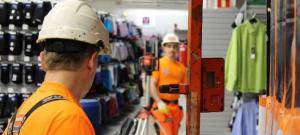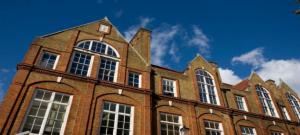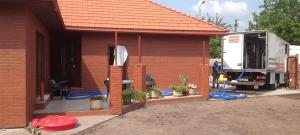
Sectors
URETEK technology has been successfully used in over 100,000 projects worldwide in a wide range of remediation works including residential, commercial and public buildings, airport runways, industrial floor slabs, heritage buildings and major commuter roads, railways and other types of infrastructures.
URETEK's worldwide experience is the key to consistent, high-quality performance in soil stabilization and sunken foundation repair. At URETEK, we have been applying our geopolymer technologies to establish lift, stabilization and structural support under built structures for over 30 years. Our in depth experience of subsidence problem solving, together with the right people and the right equipment, results in accountable on-site performance.
We have successfully managed very complex projects with unique requirements, so if you cannot find a case study that fits your needs please contact us and we will put you in touch with one of our experienced engineering managers.
Infrastructure

URETEK solutions have been successfully used in a wide range of infrastructure foundation repair works around the world in rail, airport, road and port environments.
Industrial Buildings

Factory & warehouse floors, walls and machinery bases can be stabilized and re-levelled quickly, economically and with minimal disruption.
Commercial Buildings

Problems with subsidence or floor settlement pose a major problem for retail outlets and other commercial building.
Public Buildings

The URETEK processes are ideally suited to public buildings, as application speed and the lack of excavations means minimum disruption.


